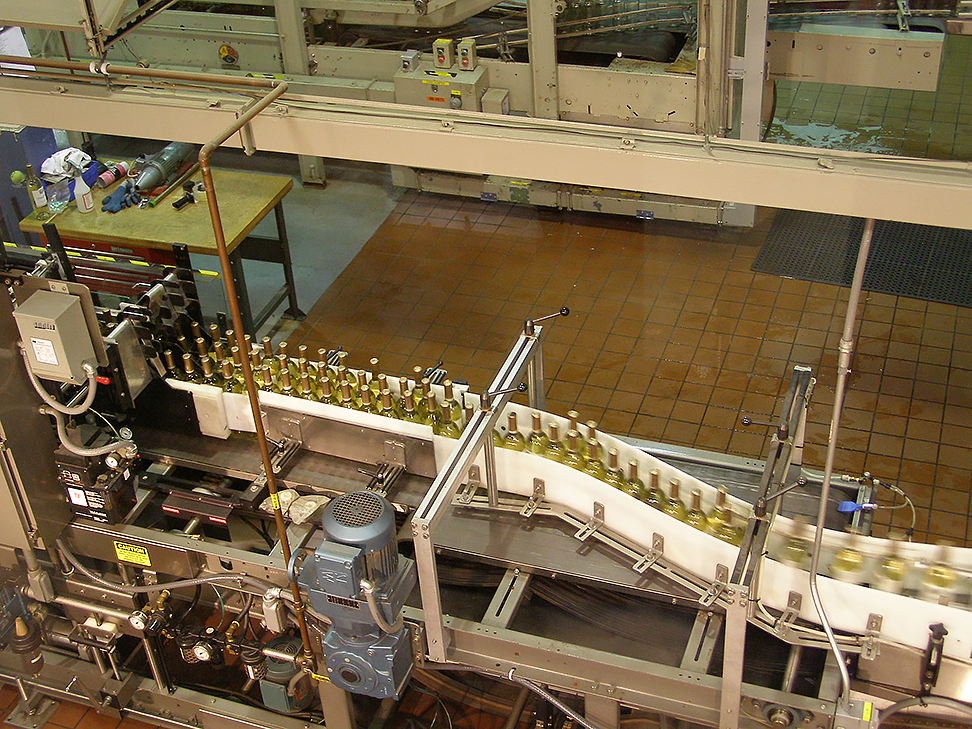It is a new year and there are sweeping changes in wine bottle sizes in America. Yep, wine makers and glass blowers have a whole new tool kit to entice you into experiencing whatever elixir they have conjured from grape juice and yeast and wood and whatever else the white-coated wine wizards have procured.
Last year your bottle choices were limited. Wine could only be sold in 187 mL single-serving bottles (think airplane or rip-off hotel frig), 375 mL “half bottles,” 500 mL bottles, standard 750 mL bottles, and 1500 mL magnums. Also way-oversized bottles named for Biblical figures and mythological kings (Midas is the largest size, equivalent of 40 standard bottles of wine—almost 8 gallons).
The days of limited sizes are no more. Regulators replaced restriction with confusion. It now is legal to package wine in the following new categories:
• 180 mL
• 300 mL
• 330 mL
• 360 mL
• 473 mL (16 oz.)
• 550 mL
• 568 mL (19.2 oz)
• 600 mL
• 620 mL
• 700 mL
• 720 mL
• 1.8 L
• 2.25 L
Welcome to 2025, the Wild Wild West of wine packaging.

The change allows American winemakers easier entry into some international markets where bottle sizes have been different for years. New sizes help harmonize U.S. packaging with international standards. It gives consumers more choice, albeit at the expense of confusion. What is the difference between a standard 750 mL bottle and a 720 mL bottle? The answer is about one fluid ounce.
Expectation: it will not make much difference in the short term. A 750 mL bottle will remain the standard. There are tens of millions of those bottles already on the shelves or in the production pipeline. The plethora of finished product will take years to work its way through the consumer digestive tract.
Big producers likely will offer some of these new sizes, they may have bottling lines producing them now for the international market. Small producers may not make any changes, or only to the one or two sizes that generate the most demand.
Retail—wine stores and supermarkets—will be an even bigger challenge. Stores have limited shelf space. If a store stocks three different bottles sizes of one brand, two different brands will have to go. The most likely way you will be able to purchase the new, non-traditional size bottle will be directly from the winery, if they offer the new size.
And so it goes in the wine world.
Last round: The police executed a surprise raid on the psychics’ wine social. Interestingly, none of the psychics saw that coming.

